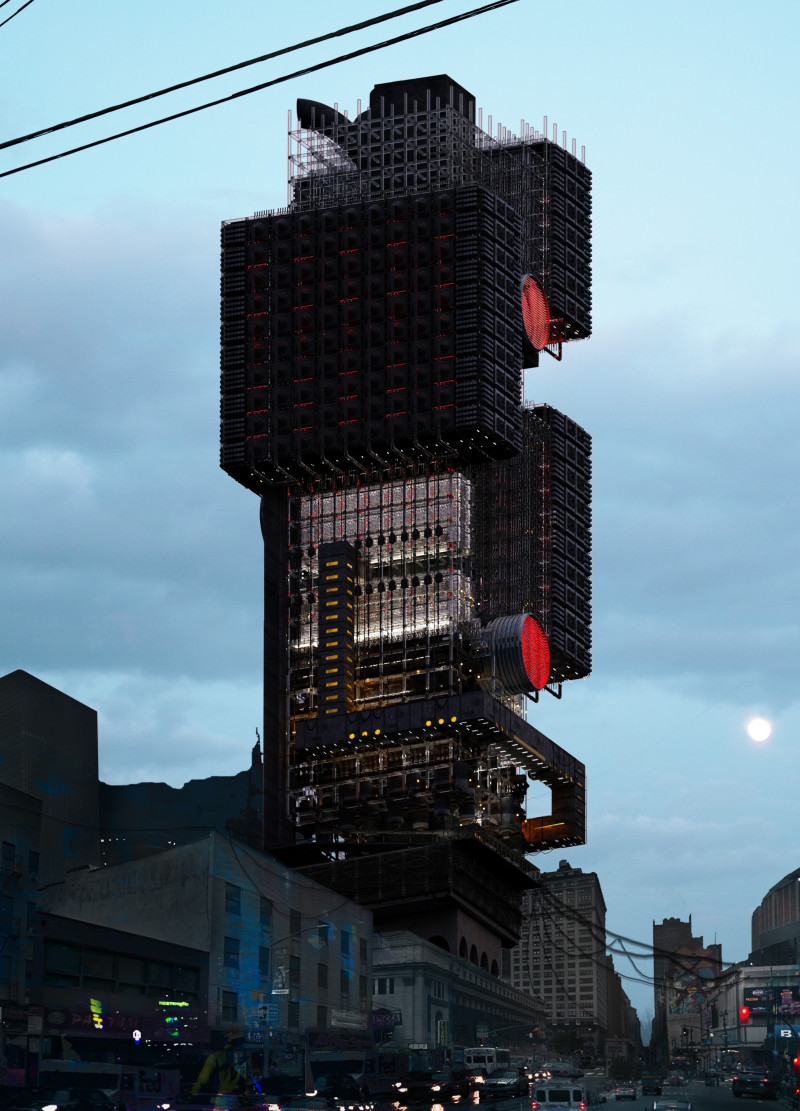5 key facts about this project
Functionally, the project serves as a multifunctional space, accommodating a variety of activities and allowing for diverse usage. This adaptability is central to its design, enabling the building to meet the evolving needs of its users. The layout promotes interaction and connectivity, fostering a sense of community among its occupants. Key areas within the project include communal spaces that encourage socialization and collaboration, as well as private sections that provide solitude and comfort. The design carefully considers circulation patterns to facilitate movement throughout the space, ensuring that each area is easily accessible and efficiently utilized.
Throughout the structure, essential architectural elements such as large windows and open floor plans are incorporated to maximize natural light while providing unobstructed views of the surrounding environment. These design strategies are deliberate and reflected in specific areas, enhancing both the interior and exterior experience of the architecture. A commitment to materiality is evident, with a selection that emphasizes both durability and the visual warmth that natural materials can provide. Concrete and steel form much of the structure, providing a solid framework, while the integration of wood - used in flooring and finishes - adds a tactile quality that makes the space inviting. Furthermore, glass is utilized extensively to blur the lines between indoor and outdoor environments, facilitating a seamless connection with nature.
One of the unique design approaches taken in this project is the incorporation of sustainable features that reflect a forward-thinking architectural philosophy. This includes the use of energy-efficient systems, such as passive heating and cooling strategies, which reduce the building's overall ecological footprint. Green roofs and native landscaping play a crucial role in promoting biodiversity and enhancing the aesthetic appeal of the architecture. These elements do not merely serve functional purposes; they contribute to the overall identity of the project, underscoring its commitment to environmental stewardship.
The interaction between light and space is another compelling aspect of the design. By strategically placing windows and utilizing skylights, the project allows natural light to filter through various levels, creating dynamic shadows and enhancing the spatial experience throughout the day. This attention to detail underscores the perception of the space and how it changes, mirroring the passage of time as natural light shifts.
The architectural design also emphasizes flexibility, allowing spaces to be reconfigured as needed to accommodate various activities. This adaptability is crucial in educational or community-focused projects where programs may evolve over time, ensuring the longevity and relevance of the project. The thoughtful consideration of user experience is evident in every aspect of the design, from the selection of materials to the layout of spaces.
This project serves as an exemplary model of how architecture can harmonize with its context while addressing the functional and aesthetic needs of its users. Its dedication to community, sustainability, and innovative design reflects a deep understanding of contemporary architectural practices. To gain a deeper insight into the project, including architectural plans, architectural sections, and various architectural ideas that informed this design, readers are encouraged to explore the detailed project presentation.


 Eduardo Cilleruelo Teran,
Eduardo Cilleruelo Teran,  Hyun Jun Cho
Hyun Jun Cho 




















